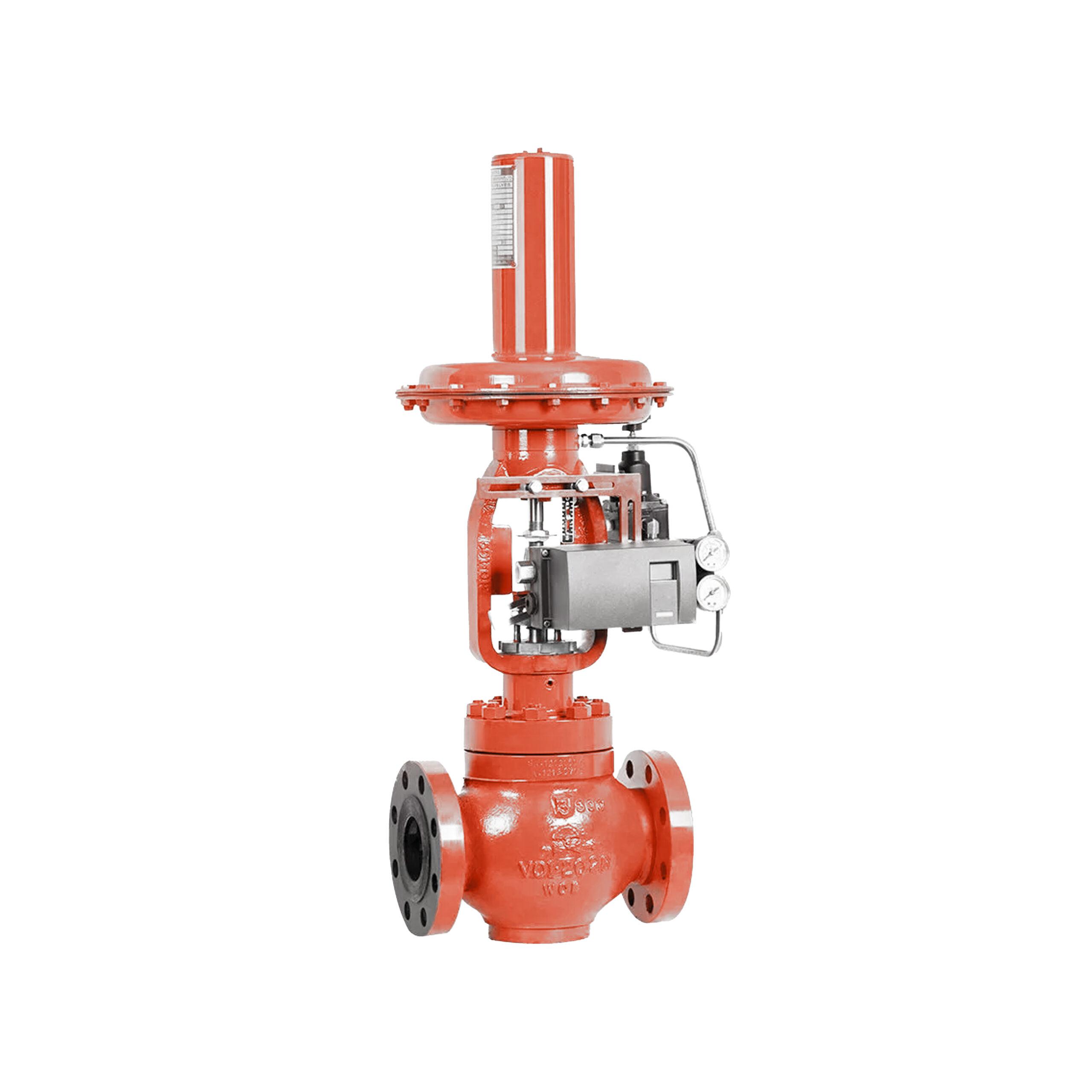Crucial Variables to Think About When Picking Control Valves
Crucial Variables to Think About When Picking Control Valves
Blog Article

Maximize Energy Financial Savings and Convenience With Advanced Structure Automation Controls
In the world of contemporary design and center administration, the integration of innovative building automation controls stands as a critical advancement. The merging of technology and sustainability has actually birthed a brand-new period where energy performance, convenience optimization, and functional streamlining are no much longer distant goals but achievable facts. By harnessing the power of automation, structures can adjust, respond, and evolve in manner ins which were as soon as unthinkable. The capacity for substantial energy cost savings and enhanced convenience is not simply an opportunity but a guarantee waiting to be satisfied. This paradigm shift in building management holds the vital to opening a world where environmental conscientiousness and resident health sympathetically exist together within the walls of our frameworks.
Energy Effectiveness Conveniences
Power effectiveness advantages can dramatically lower power intake and functional costs in buildings. Energy-efficient systems, such as innovative building automation controls, can optimize the use of sources like heating, lights, and cooling, leading to lower power expenses over time.
Additionally, boosted energy efficiency can lengthen the life expectancy of structure equipment and systems. By running a lot more efficiently, cooling and heating systems, lighting fixtures, and various other building elements experience less wear and tear, leading to minimized maintenance and replacement expenses. Additionally, energy-efficient structures commonly regulate higher residential property values and rental prices, providing long-lasting monetary advantages to owners.
Moreover, energy performance can boost owner comfort and efficiency. Correctly managed interior environments with optimal illumination and thermal conditions produce a more conducive and pleasant work space, bring about enhanced worker complete satisfaction and performance. Overall, the power effectiveness benefits connected with advanced structure automation controls are multifaceted, incorporating cost savings, ecological stewardship, and occupant health.
Boosted Convenience Control
Enhancing convenience control in structure settings needs an advanced assimilation of advanced automation systems for optimal occupant well-being. By making use of innovative structure automation controls, facilities can tailor the interior atmosphere to meet the specific needs and preferences of owners. control valves.
By including these innovative controls, structures can not just enhance convenience but additionally improve energy effectiveness by enhancing system operations based on real tenancy and usage patterns. Eventually, focusing on owner comfort via sophisticated automation systems leads to a much more enjoyable and much healthier indoor setting.
Operational Performance Improvements

Moreover, the implementation of real-time surveillance and analytics tools enables structure operators to determine energy ineffectiveness and functional abnormalities immediately. By continuously keeping track of power usage patterns and system efficiency metrics, adjustments can be made in real-time to optimize energy consumption and make certain peak operational effectiveness. control valves. Additionally, including need response strategies into structure automation controls can even more enhance functional performance by dynamically changing power usage based upon grid conditions and rates signals
Indoor Climate Optimization
Reliable indoor environment optimization is an essential facet of structure automation controls, making sure passengers' comfort and health while making best use of energy financial savings. By utilizing innovative sensing units and controls, constructing automation systems can continually monitor and adjust temperature level, humidity levels, air top quality, and ventilation to create an optimum indoor atmosphere. Preserving comfortable and regular problems not only improves owner contentment however likewise increases efficiency and total well-being.
Indoor environment optimization likewise plays a vital role in energy performance. By fine-tuning home heating, air conditioning, and ventilation systems based upon real-time information and tenancy patterns, developing automation controls can considerably minimize power usage - official website control valves. As an example, applying approaches such as demand-controlled air flow and thermal zoning can help reduce power waste while making sure that each location of the structure receives the needed conditioning.

Lasting Environment Creation
Building automation manages not just enhance indoor climate problems for power performance and passenger comfort yet additionally lay the foundation for creating a lasting environment via calculated monitoring of resources and systems. By integrating advanced building automation modern technologies, such as sensors, actuators, and smart software application, facilities can check and change energy use in real-time to reduce waste and decrease their carbon footprint. These systems enable anticipating maintenance, identifying possible issues before they intensify and maximizing equipment efficiency to boost durability and effectiveness.
Additionally, sustainable environment creation extends past power management to incorporate water conservation, waste decrease, and indoor air top quality renovation. Structure automation controls can manage water use, find leakages, and make sure appropriate waste disposal techniques, adding to total sustainability efforts. Additionally, by checking and managing ventilation and purification systems, these modern technologies improve passenger wellness and efficiency while decreasing power usage related to HVAC operations.
Verdict
In verdict, progressed structure automation manages deal substantial advantages in regards to power cost savings, comfort control, operational performance, interior climate optimization, and producing a sustainable atmosphere. By executing these controls, structures can accomplish ideal performance while lowering power intake and boosting occupant comfort. It is noticeable that the usage of sophisticated automation technology is important in enhancing structure performance and producing an extra lasting future.
Energy performance advantages can dramatically lower power consumption and operational costs in structures. In general, the power performance advantages connected with sophisticated building automation controls are diverse, encompassing cost savings, ecological stewardship, and resident health.
Additionally, incorporating need reaction approaches right into building automation controls can better enhance functional performance by dynamically changing energy use based on grid problems and rates signals.
Building automation controls not only optimize indoor environment conditions for power efficiency and resident comfort but get redirected here also lay the foundation for producing a lasting setting with critical management of resources and systems.In conclusion, progressed structure automation controls deal substantial benefits in terms of power savings, convenience control, functional performance, indoor climate optimization, and producing a lasting environment.
Report this page